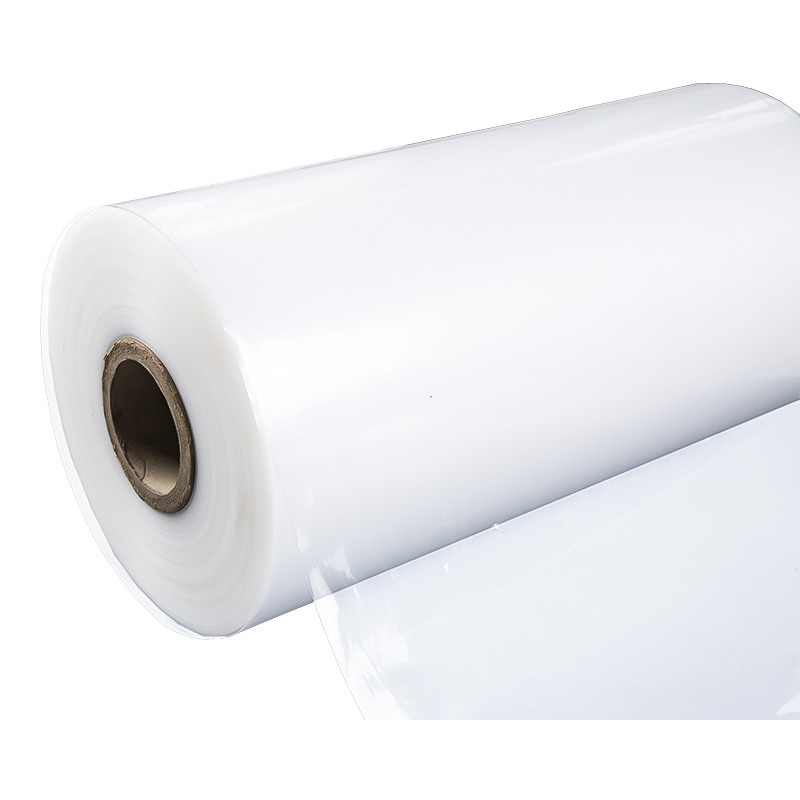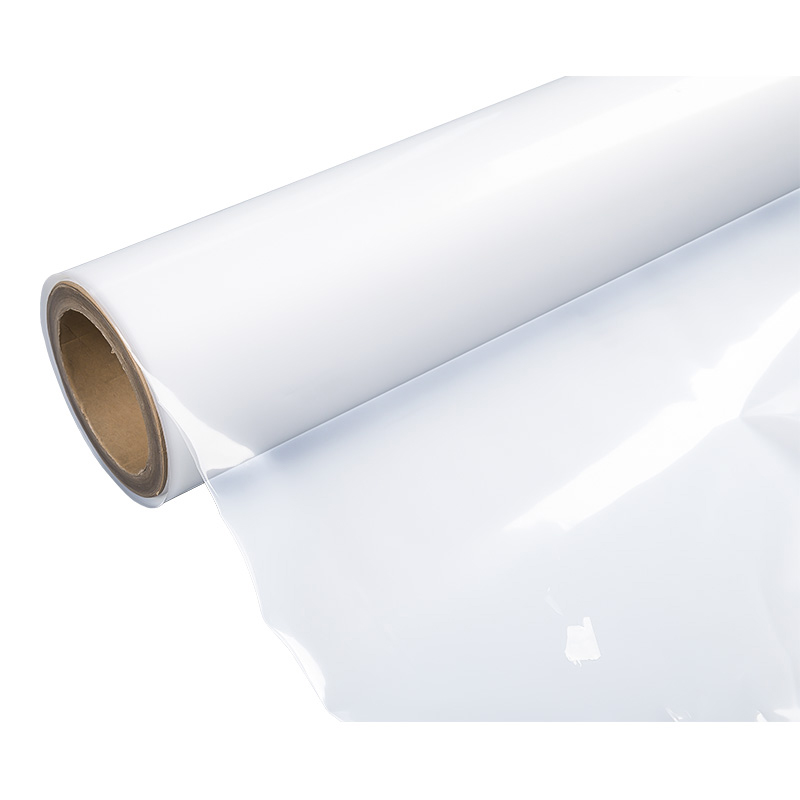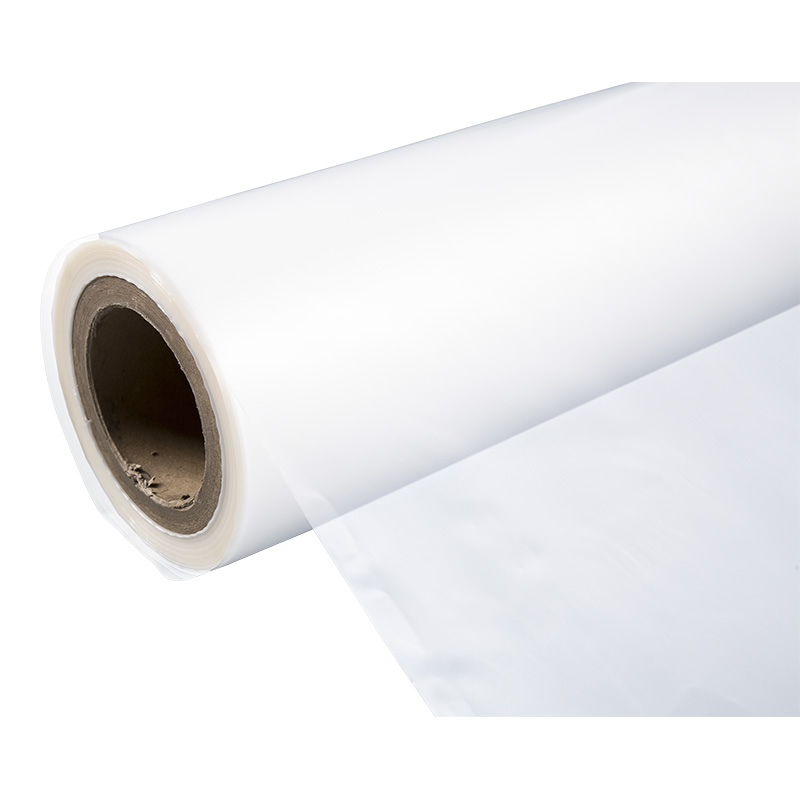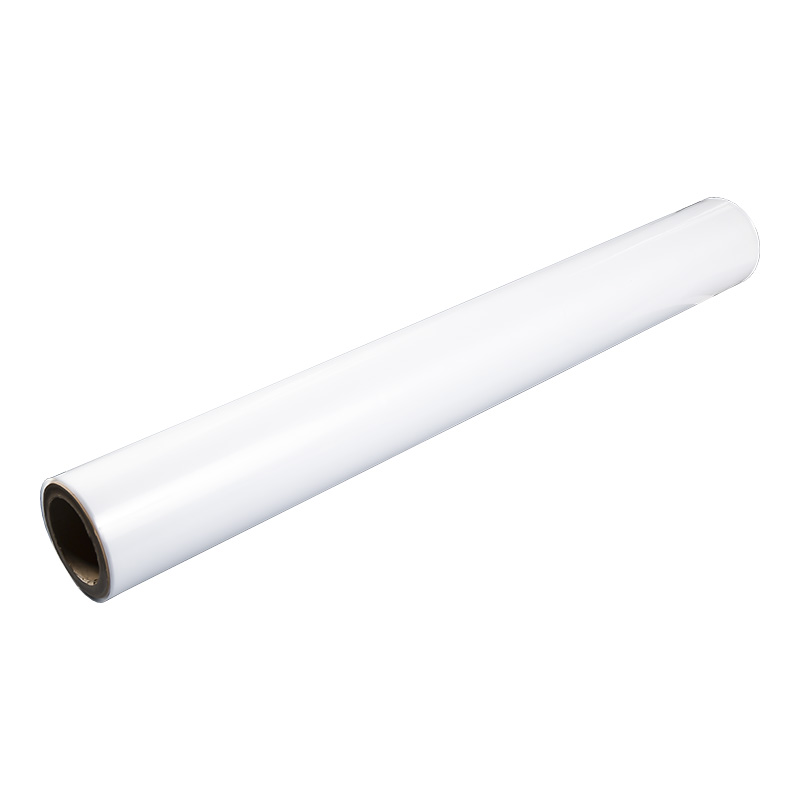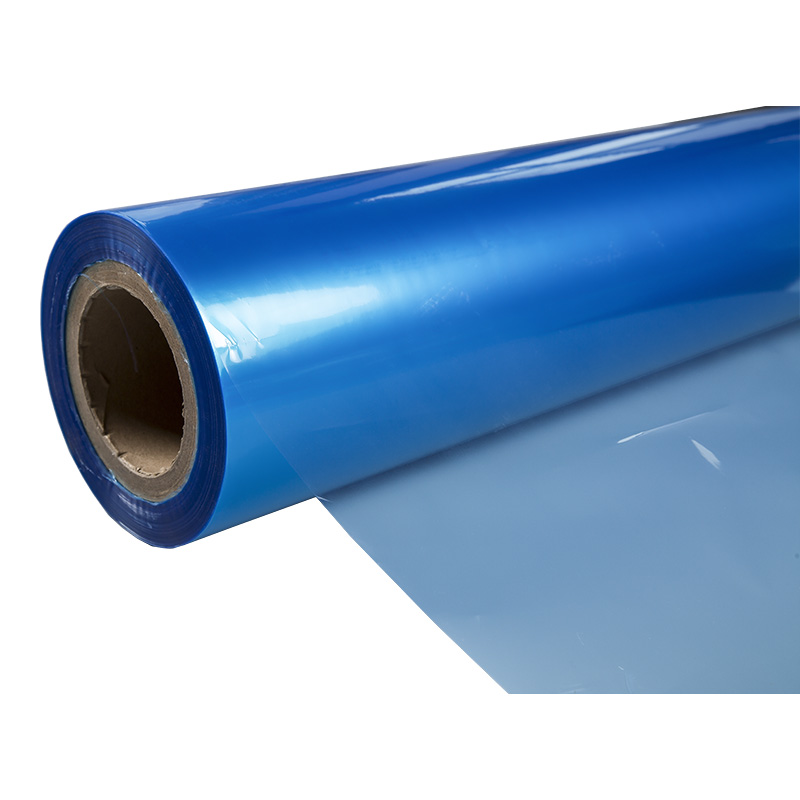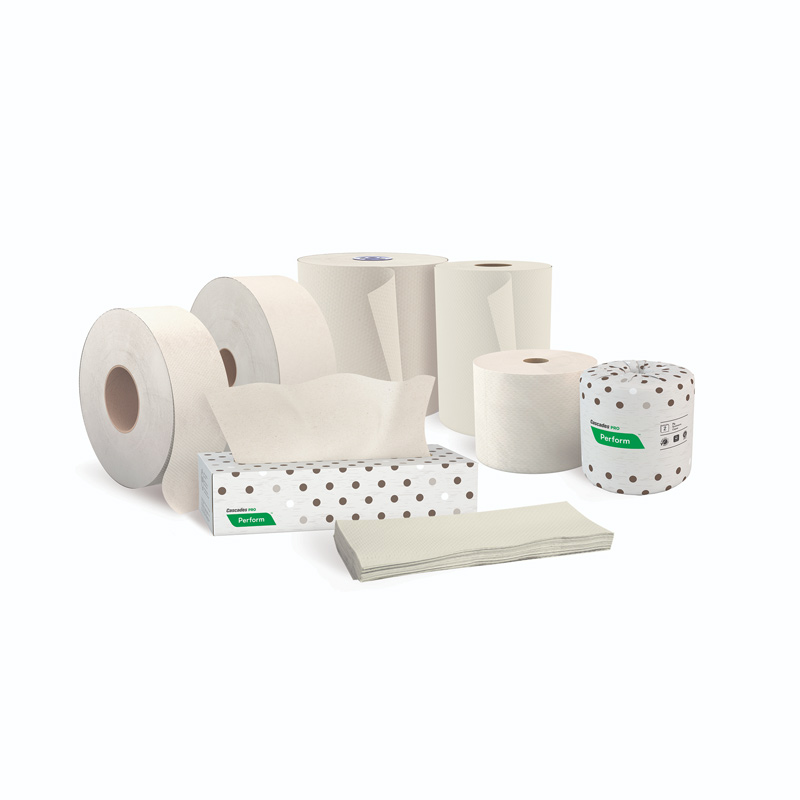In the rapidly developing food packaging industry, Frozen Packaging Film, as a key material to protect the freshness of food and extend the shelf life, is receiving more and more attention. With the advancement of technology and the diversification of consumer demand, a variety of mainstream frozen packaging film materials have emerged on the market, each with its own unique characteristics and advantages.
1. Polyethylene (PE)-based frozen packaging film
Polyethylene (PE) is one of the most commonly used materials in frozen packaging film. It has good mechanical properties, low temperature resistance and chemical stability, and can maintain stable performance over a wide temperature range. PE-based frozen packaging film usually has a multi-layer structure, combining material layers with different functions through co-extrusion technology to improve barrier properties, puncture resistance and heat sealing properties. This material is low-cost and easy to process, and is widely used in the packaging of frozen meat, seafood, fruits and vegetables and other foods.
2. Polyvinylidene chloride (PVDC) frozen packaging film
Polyvinylidene chloride (PVDC) frozen packaging film is known for its excellent barrier properties. PVDC film has a strong barrier capacity for oxygen, water vapor, odor and fragrance, and can effectively protect food from the influence of the external environment. In addition, PVDC film also has good heat sealing and low temperature resistance, and can maintain stable performance under freezing conditions. However, the cost of PVDC film is relatively high, and the recycling process is relatively complicated, which limits its application range to a certain extent.
3. Nylon frozen packaging film
Nylon frozen packaging film is known for its high strength, high toughness and good low temperature resistance. Nylon film has excellent puncture resistance and tear resistance, which can effectively protect the food in the package from physical damage. In addition, nylon film also has good barrier properties, which can prevent the penetration of oxygen and water vapor. However, the cost of nylon film is also relatively high, and it is usually used in the high-end food market with high requirements for packaging performance.
4. Ethylene-vinyl alcohol copolymer (EVOH) frozen packaging film
Ethylene-vinyl alcohol copolymer (EVOH) is a high-performance barrier material widely used in frozen packaging film. EVOH film has excellent barrier properties against oxygen and water vapor, and can effectively extend the shelf life of food. At the same time, EVOH film also has good processing performance and thermal stability, and can be co-extruded with a variety of materials to form a multifunctional frozen packaging film. However, EVOH film is expensive and sensitive to humidity, and needs to be stored and processed under dry conditions.
5. Polypropylene (PP) frozen packaging film
Polypropylene (PP) frozen packaging film is favored for its good transparency, heat resistance and low temperature resistance. PP film has high rigidity and stiffness, and is suitable for frozen food packaging that requires a certain support force. In addition, PP film also has good heat sealing and recyclability, which meets environmental protection requirements. However, the barrier properties of PP film to oxygen and water vapor are relatively weak, and it is usually necessary to improve its barrier properties through multi-layer co-extrusion technology.
The mainstream frozen packaging film materials on the current market include polyethylene (PE), polyvinylidene chloride (PVDC), nylon (Nylon), ethylene-vinyl alcohol copolymer (EVOH) and polypropylene (PP). Each material has its own unique characteristics and advantages, suitable for different food packaging needs. With the advancement of technology and the changing needs of consumers, frozen packaging film materials will continue to move towards high performance, environmental protection and sustainable development in the future. Manufacturers will continue to explore new materials, new processes and new applications to meet the market demand for high-quality frozen packaging films.
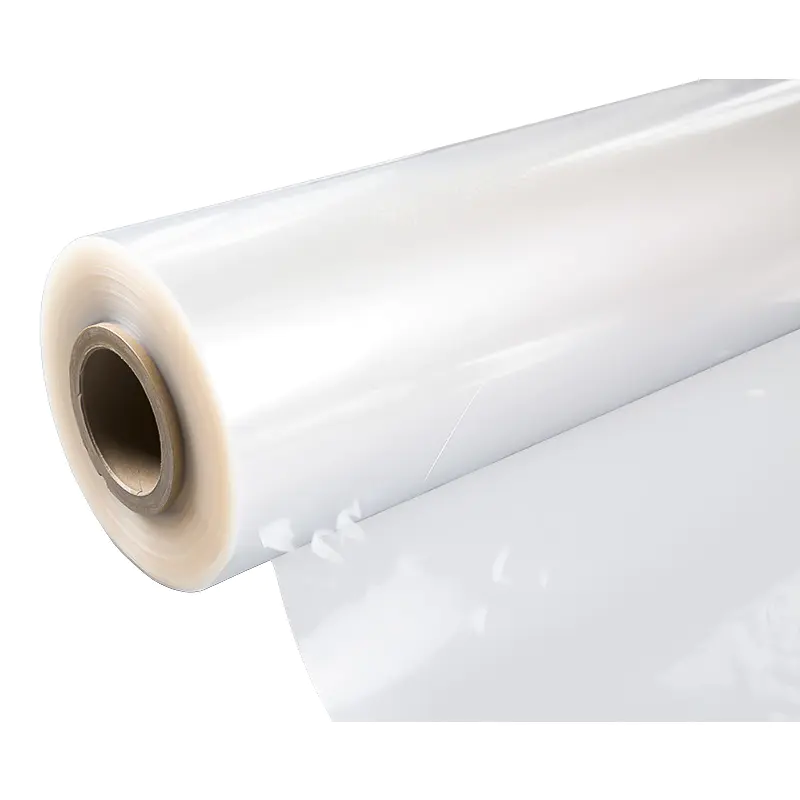
 +86 139-6715-0258
+86 139-6715-0258 
 Monday to Friday 8 am. to 6 pm.
Monday to Friday 8 am. to 6 pm. 
 English
English 中文简体
中文简体